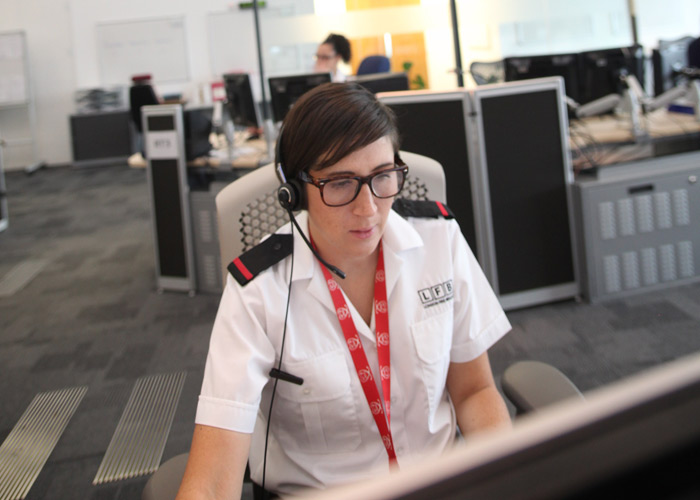1 Running calls
In the 1800s people could run to their nearest fire station and report a fire.
Alternatively they could find an Escape Conductor at their nearest street station. Escape Conductors were in charge of large ladders kept at strategic street corners and junctions, which could be wheeled to the fire to rescue people.
At the same time a messenger would be sent to the fire station to request a crew.
These were known as 'running calls', and until 1880, they were the only way of calling the brigade.
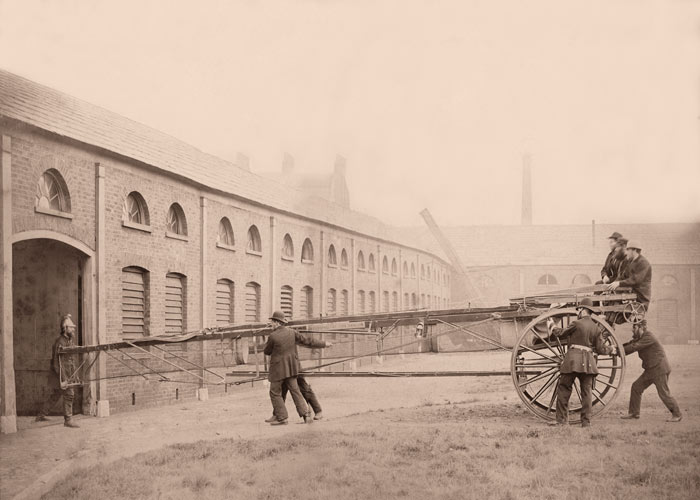
2 Telegraph
In 1866 the brigade began using telegraphs, mainly between fire stations and other brigade establishments. Members of the public continued to make running calls until 1880.
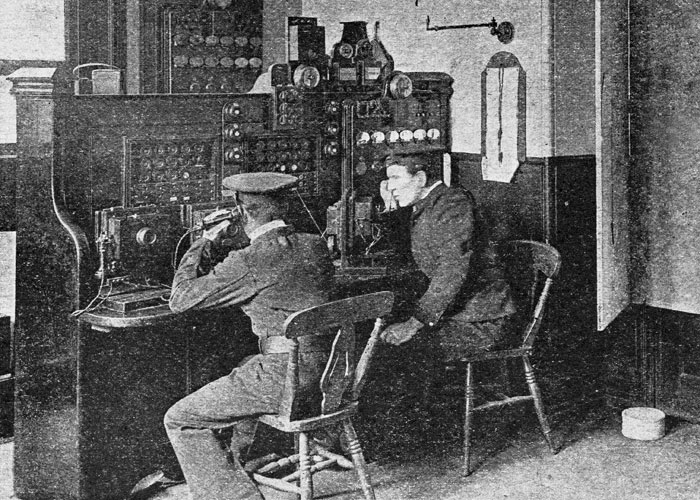
3 Street fire alarms
These were first installed in 1880, normally positioned on pavements at street corners where they could easily be seen. They were connected directly by landline to the local fire station. When activated by the caller, the alarm bell sounded in the fire station and the location of the alarm sounded was indicated.
Street fire alarms were sometimes set off unnecessarily. These hoax calls became such a concern that in 1895 an Act of Parliament prohibited false alarms with a maximum penalty of a £25 fine or three months imprisonment.
These street fire alarms were taken out of use in 1958, as by then, the number of home telephones and public phoneboxes meant they were no longer needed.
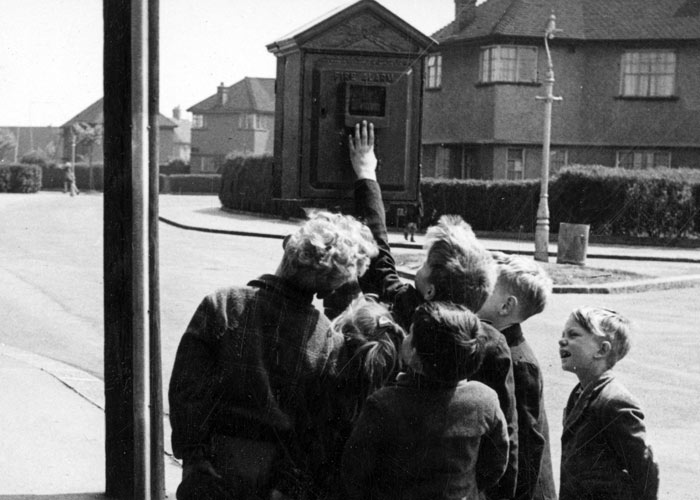
4 Telephone
Telephone systems were introduced in 1880. The number of private homes with phones grew slowly at first, and the first public phonebox only appeared in 1905. But gradually telephones replaced the telegraph for communication within the brigade.
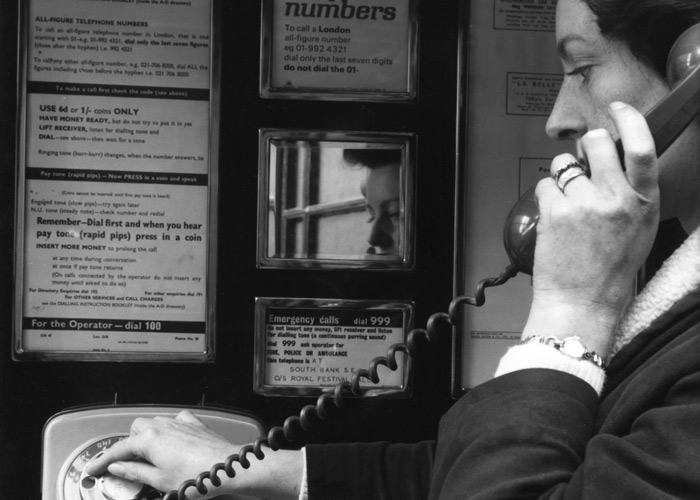
5 The origin of the '999' system
The '999' system as we know it today, was originally set up in 1937 by the Post Office, who agreed to replace street fire alarms with telephone boxes. The telephone had a system to allow people to call for the fire, police or ambulance services for free.
The general public were reluctant to change to the new telephone system as there was a concern that the telephone may not always be in working order. Many people were also worried that the system would be much slower. This is because the ‘999’ call went to the exchange and then the message had to be relayed to the nearest fire station. However with one central control room all fire engines could be mobilised from one location making operations much easier to coordinate.
In 1948 therefore a new control room was opened at the London Fire Brigade headquarters at Lambeth where all ‘999’ calls were received and this was also the location where fire engines could be mobilised.
Today, our state-of-the-art control room is based in Merton.
